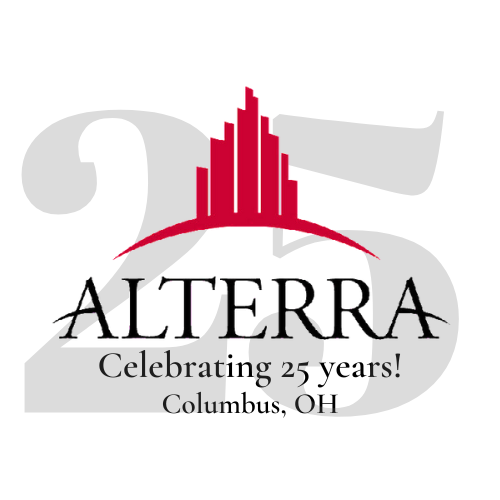As an owner of commercial real estate, you are already aware that there are tax advantages to be gained by owning this type of property. The ability to obtain a yearly federal tax deduction based on a building’s depreciation provides benefits for a period of 39 years.
This depreciation benefit, however, fails to acknowledge the basic fact that components of a building will depreciate at differing rates. This means that some parts of the structure will wear out and require replacement faster than others. This is where cost segregation comes in.
What is Cost Segregation?
Cost segregation begins with the process of going through a building and identifying all of its component parts. This includes big ticket items such as windows, elevators, doors and HVAC systems all the way down to small items such as locks, signs and certain types of cabinets and counters. Once all of these components have been identified, they are classified according to type.
Classifications might include land, building, fixtures and equipment. It is also important to determine if each component is to be considered a structural component or tangible personal property. This is far less straightforward than it may seem, and it is easy to make errors when categorizing various assets.
Once a building’s components have been classified, the next step involves determining the useful “lives” of those assets. Assets are grouped according to whether they are expected to depreciate in five, seven or 15 years.
The next step is determining what portion of the building’s purchase price should be allocated to each class. This gives the owner(s) the ability to claim accelerated depreciation on those parts of a building that are expected to wear out long before the 39-year mark.
How to Move Forward with a Cost Segregation Study
When considering how to take advantage of cost segregation, it is important to understand that the IRS has very strict rules and regulations in place. A publication on the issue, the Cost Segregation Audit Techniques Guide, outlines the importance of creating an accurate and complete study, emphasizing that studies should be prepared by those with specialized knowledge and expertise.
In the vast majority of cases, a cost segregation study should be conducted by a team of engineers who complete these complex assessments for a living. The resulting report is considered far more reliable than one completed by an individual or individuals with no prior construction or engineering expertise.
Is a Cost Segregation Study Right for Your Tax Scenario?
In most cases, individuals who own a commercial building and plan to hold on to that investment can benefit from cost segregation. An exception is found in cases where the investment strategy is to purchase a property and “flip” it within a short period of time. In such a scenario, cost segregation may still lead to tax savings, but the total saved may not exceed the cost of having the study completed. Costs vary depending on the size and type of building, and can range from $5,000 to $25,000.
Alterra Real Estate Advisors and Brad Kitchen has a team of professionals ready to assist you with any commercial real estate concerns or needs. Feel free to contact us today to learn more about our services, and how our skills and experience can help you reach your investment and business goals.

